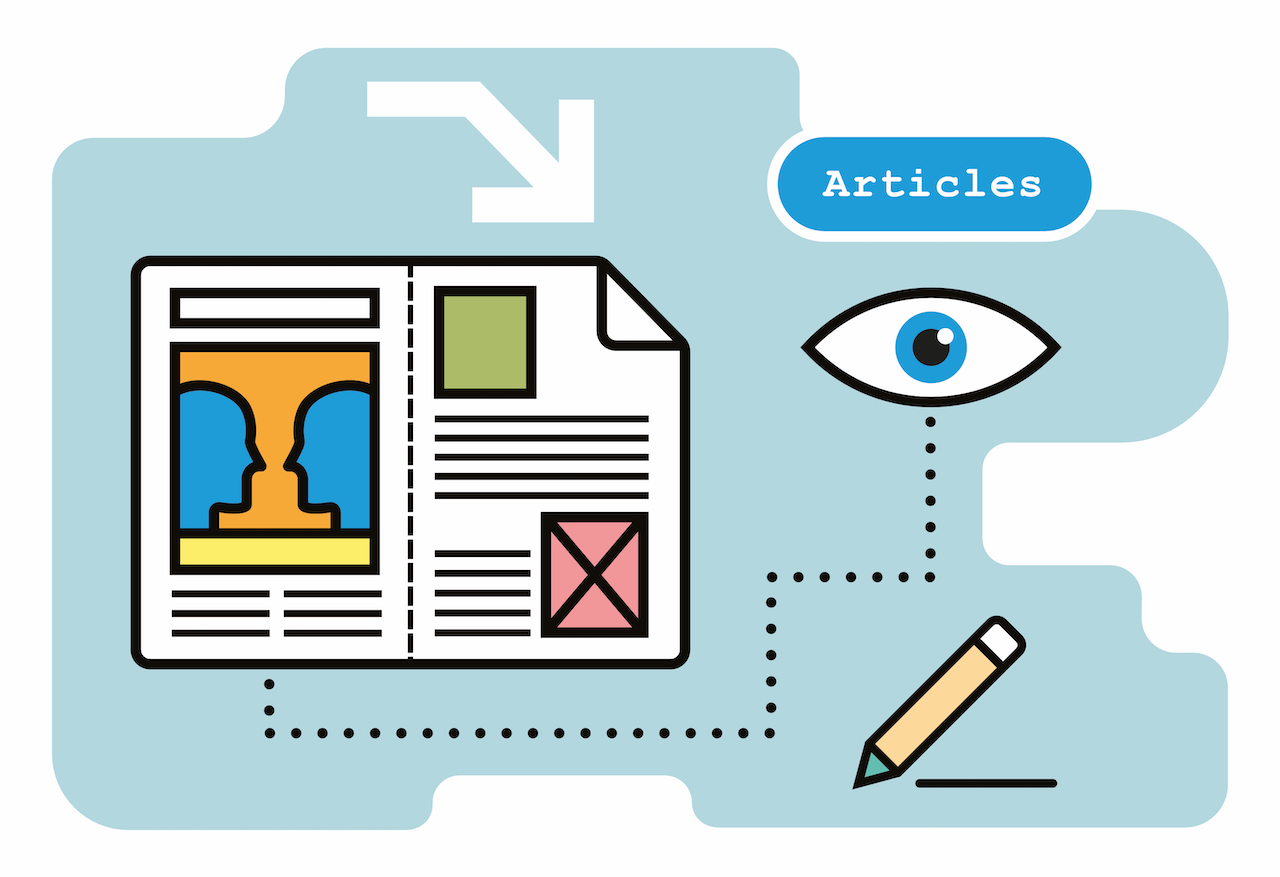Fiche du document
mai 2022
- ISIDORE Id: 10670/1.02f1e0...
- hal: hal-03924495
- doi: 10.1016/j.apacoust.2022.108762
Ce document est lié à :
info:eu-repo/semantics/altIdentifier/doi/10.1016/j.apacoust.2022.108762
info:eu-repo/semantics/OpenAccess
Mots-clés
Audiovisual Nature Pleasantness Arousal Attention AudiovisualSujets proches
Sound effects Cycle, Cardiac Cardiac cycle Heart rate Heart cycleCiter ce document
V.B. Bogdanov et al., « Nature and the City: Audiovisual interactions in pleasantness and psychophysiological reactions », HAL-SHS : l'archive ouverte pour les sciences humaines et sociales, ID : 10.1016/j.apacoust.2022.108762
Métriques
Partage / Export
Résumé
The presence of natural elements in the urban environment improves wellbeing. Comparisons of the different psychophysiological reactions to both auditory and visual perceptions of urban environments are proposed as a method for shedding light on the mechanisms involved in the perceptual audiovisual interaction phenomenon, by which visual context influences auditory perception, and vice versa. The results from combined psychophysical and physiological methodology should improve knowledge of the perceptual consequences of variations in the presence of nature in the city. In this study, 61 participants, mainly students, were exposed to urban soundscapes accompanied by street scenes. Audio excerpts of bird song or road traffic were paired with images with or without vegetation. Half of the participants (n=30) were asked to judge the auditory pleasantness after each audiovisual presentation, whereas the other half (n=31) judged the visual pleasantness of the scene. Heart rate, pupil area, gaze fixations and electromyography of the eyebrow muscle (corrugator supercilii) were concurrently recorded. We demonstrated a strong perceptual audiovisual interaction: auditory pleasantness was higher when accompanied by a natural visual context, and visual pleasantness was higher when accompanied by natural sounds. Electromyography and heart rate were particularly sensitive to the presence of nature in the soundscapes, whereas gaze behavior discriminated only visual nature elements. The natural sounds were associated with lower heart rate and corrugator supercilii electromyographic activity, whereas natural images were associated with slower gaze behavior. Pupil area was sensitive to both auditory and visual stimulations. The pupil was relatively constricted by all natural stimuli and discriminated different unpleasant traffic noise samples and the modulation of visual pleasantness by these sounds. This suggests a distinctive role of arousal level in the modulation of pupil reactions, which appear well suited to the study of audiovisual interactions and the perceptual effects of natural elements in urban environments.
